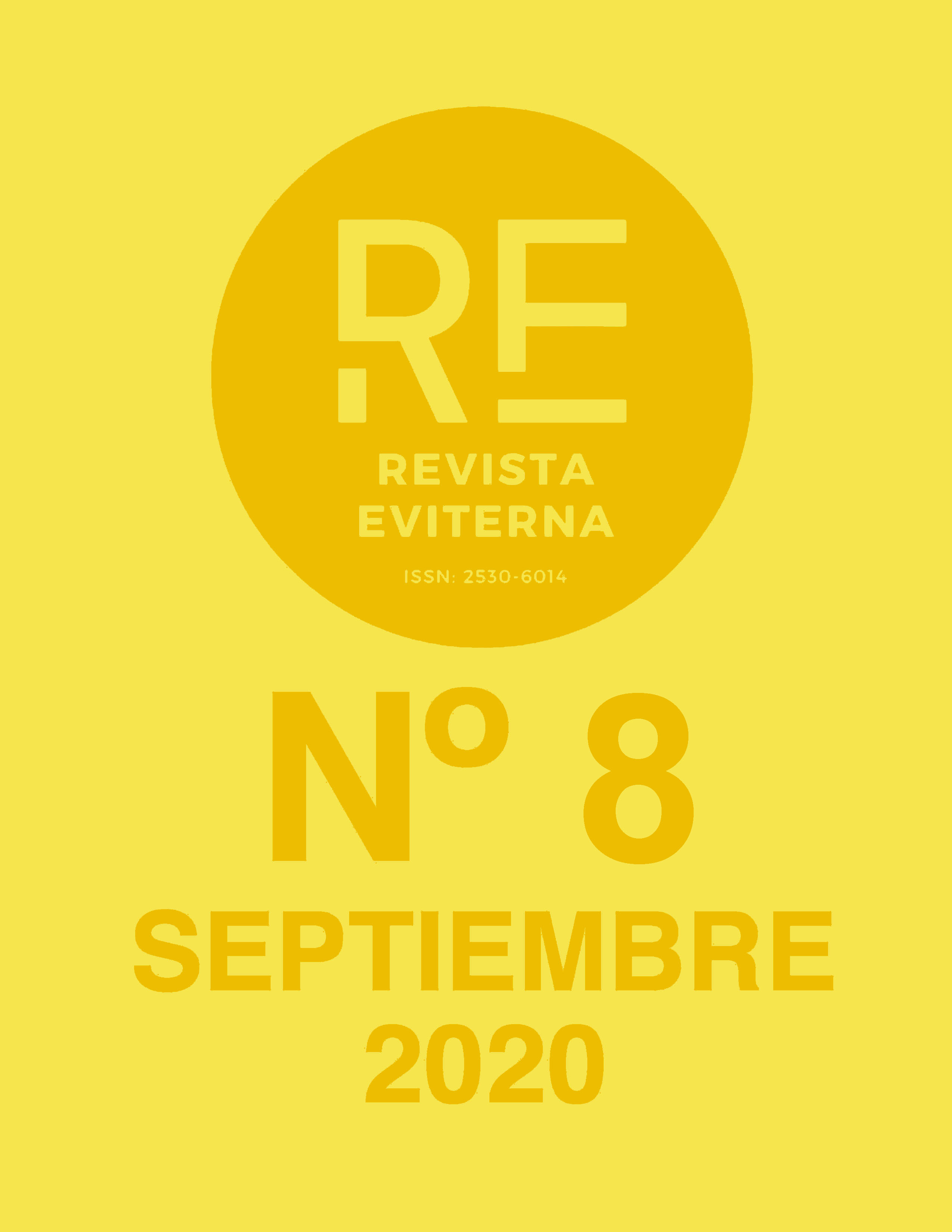Las Primeras modistas en el Real Guardarropa de la reina María Luisa de Parma (1789-1808)
DOI:
https://doi.org/10.24310/Eviternare.vi8.9242Palabras clave:
S. XVIII-XIX, María Luisa de Parma, Historia de la Moda, modistas, vestidosResumen
En este artículo hemos procedido al estudio de las distintas modistas al servicio de la reina María Luisa de Parma. Uno de los factores que tendrán una gran importancia en el Real Guardarropa de la soberana es la inserción de los primeros modistas, que no solo confeccionaban vestidos sino también accesorios textiles como cinturones, prendidos, bandas, bolsas, etc. Esta serie de creadoras no solo confeccionaban vestidos para la soberana, sino que son proveedoras de prendas y tejidos para la familia real. Entre las modistass más relevantes encontramos a Rose Bertin, siendo modista de la reina María Antonieta y de María Luisa, además de Maria Moulinier y Darguins, Ana Launay y el primer modista masculino, Joseph Martin, el cual primero realiza prendidos para la reina y posteriormente vestidos de corte. A través del trabajo de la documentación inédita consultada en los archivos, conocemos que las labores de las modistas, ya no se desarrollan en el anonimato, sino que sus trabajos comienzan a valorarse como una creación que revela gran inventiva y conocimientos matemáticos, de geometría y de costura. A partir del siglo XIX, la figura de modista estará completamente establecida como uno de los oficios más importantes en la industria textil.
Descargas
Métricas
Publicación Facts
Perfil de revisores N/D
Información adicional autores
Indexado: {$indexList}
-
Indexado en
- Sociedad Académica/Grupo
- N/D
- Editora:
- Universidad de Málaga
Citas
Benito García, P. (2008), “Aproximación al guardarropa de María Luisa de Parma”. Reales Sitios, n.º 175, pp. 46-67.
Cerrillo Rubio, Lourdes (2019). Moda y creatividad. La conquista del estilo en la era moderna, 1789-1929. San Sebastián: Nerea.
Descalzo Lorenzo, A. (2008). Carlos y María Luisa de Parma: vestidos para reinar. Ponencia presentada en el IV Congreso Internacional de la Sociedad Española de Estudios del siglo XVIII en la Universidad de Oviedo, España.
López Barahona, V. (2019), Mujeres y marco gremial en Madrid durante la Edad Moderna: la política sexual del privilegio. En Àngels Solà Parera (ed.). Artesanos, gremios y género en el sur de Europa (siglos XVI-XIX) (pp. 127-149). Barcelona, Edicions de la Universitat de Barcelona.
- (2016). Las trabajadoras en la sociedad madrileña del siglo XVIII. Madrid: Libros del taller de Historia.
López Barahona, Victoria y Nieto Sánchez, José (2010). “La formación en un mercado de trabajo: las industrias del vestido en el Madrid de la Edad Moderna”. Sociología del trabajo, n.º 68, pp. 147-169. Recuperado de: (https://www.academia.edu/20543480/La_formaci%C3%B3n_de_un_mercado_de_trabajo_las_industrias_del_vestido_en_el_Madrid_de_la_edad_moderna)
Perrot, Pierre (1981). Les dessus et les dessous de la bourgeoisie. Una histoire du vêtement au XIX siècle. París: Fayard.
FUENTES PRIMARIAS
AHN. Estado, legajo: 3939, expediente: 20.
AGP. Administración general, legajo: 231, expediente: 6.
AGP. Administración general, legajo: 242, expediente: 4.
AGP. Histórica, caja: 143.
AGP. Administración general, legajo: 252, expediente: 1.
AGP. Administración general, legajo: 246, expediente: 1.
AGP. Administración general, legajo: 250, expediente: 3.
AGP. Administración general, legajo: 255, expediente: 2.
AGP. Administración general, legajo: 257, expediente: 1.
AGP. Administración general, legajo: 254, expediente: 2.
Descargas
Publicado
Cómo citar
Número
Sección
Licencia
Todos los contenidos publicados en Revista Eviterna están sujetos a la licencia Creative Commons Reconocimento-NoComercia-Compartirigual 4.0 cuyo texto completo puede consultar en <http://creativecommons.org/licenses/by-nc-sa/4.0>

Se pueden copiar, usar, difundir, transmitir y exponer públicamente, siempre que:
- Se cite la autoría y la fuente original de su publicación (revista, editorial y URL de la obra).
- No se usen para fines comerciales.
- Se mencione la existencia y especificaciones de esta licencia de uso.
Los derechos de autor son de dos clases: derechos morales y derechos patrimoniales. Los derechos morales son prerrogativas perpetuas, irrenunciables, intransferibles, inalienables, inembargables e imprescriptibles.
De acuerdo con la legislación de derechos de autor, Revista Eviterna reconoce y respeta el derecho moral de los autores/as, así como la titularidad del derecho patrimonial, el cual será cedido a la Universidad de Málaga para su difusión en acceso abierto.
Los derechos patrimoniales, se refieren a los beneficios que se obtienen por el uso o divulgación de las obras. Revista Eviterna se publica en open access y queda autorizada en exclusiva para realizar u autorizar por cualquier medio el uso, distribución, divulgación, reproducción, adaptación, traducción o transformación de la obra.
Es responsabilidad de los autores/as obtener los permisos necesarios de las imágenes que están sujetas a derechos de autor.







12.png)



